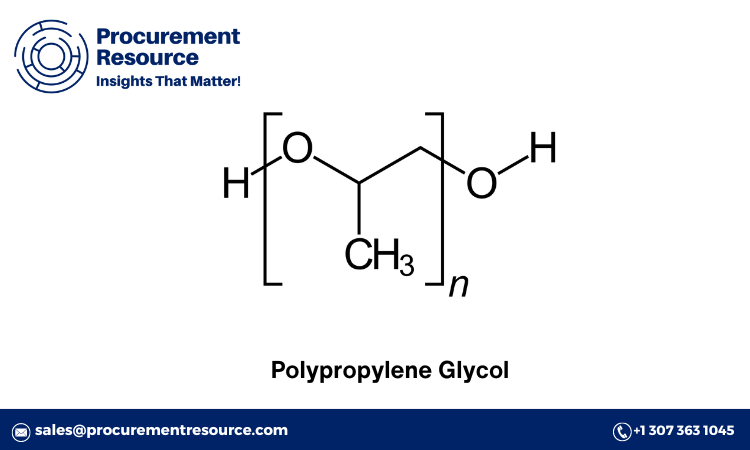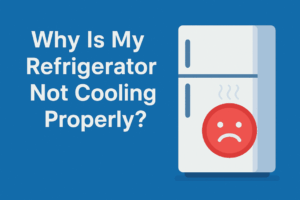Polypropylene glycol (PPG) is a synthetic polymer made from the polymerization of propylene oxide. It has various applications, including use in the production of polyurethanes, as a surfactant, and in hydraulic fluids and functional fluids. Given its widespread use across different industries, monitoring the price trends of polypropylene glycol is crucial for manufacturers, suppliers, and investors.
Polypropylene glycol prices are influenced by several factors, including raw material costs, supply and demand dynamics, technological advancements, and geopolitical events. This blog provides an in-depth analysis of the current price trends, a forecast for the upcoming months, market analysis, and the latest news affecting the polypropylene glycol market.
Polypropylene Glycol Price Trend
The price trend of polypropylene glycol has shown significant fluctuations over the past few years. Several factors contribute to these variations, including changes in crude oil prices, production costs, and shifts in supply and demand. In recent months, the market has experienced a notable increase in prices due to rising raw material costs and supply chain disruptions caused by global events such as the COVID-19 pandemic.
Request For Sample: https://www.procurementresource.com/resource-center/polypropylene-glycol-price-trends/pricerequest
In the first quarter of 2024, the average price of polypropylene glycol witnessed a steady rise. This increase can be attributed to the surge in demand from end-user industries, particularly the automotive and construction sectors. Additionally, the rising cost of propylene oxide, the primary raw material for PPG production, has significantly impacted the overall pricing trend.
Forecast
Looking ahead, the polypropylene glycol market is expected to continue its upward trajectory, albeit with some fluctuations. The forecast for the next six months indicates a moderate price increase, driven by several key factors:
- Rising Raw Material Costs: The cost of propylene oxide is anticipated to remain high due to increased demand and limited supply. This will, in turn, impact the production cost of polypropylene glycol.
- Supply Chain Disruptions: Ongoing geopolitical tensions and potential trade restrictions could lead to supply chain disruptions, affecting the availability of raw materials and finished products.
- Increased Demand from End-User Industries: The automotive, construction, and consumer goods sectors are expected to drive demand for polypropylene glycol, further pushing prices upward.
- Technological Advancements: Innovations in production processes and the development of more efficient manufacturing techniques may help mitigate some cost increases. However, these advancements are unlikely to offset the overall upward trend in the short term.
- Environmental Regulations: Stricter environmental regulations may impact production processes and increase compliance costs, contributing to higher prices.
Market Analysis
The polypropylene glycol market is characterized by a diverse range of applications, each contributing to the overall demand for the product. The key end-user industries include:
- Automotive Industry: Polypropylene glycol is widely used in the production of automotive parts and fluids. The increasing demand for lightweight and fuel-efficient vehicles is driving the use of PPG in this sector.
- Construction Industry: The construction sector utilizes polypropylene glycol in various applications, including sealants, adhesives, and coatings. The growing construction activities, particularly in emerging economies, are boosting demand for PPG.
- Consumer Goods: PPG is used in the manufacturing of personal care products, including cosmetics and toiletries. The rising consumer awareness regarding hygiene and grooming is contributing to the growth of this segment.
- Industrial Applications: Polypropylene glycol finds applications in hydraulic fluids, lubricants, and other industrial products. The expanding industrial sector is driving demand for these applications.
Latest News
Several recent developments have impacted the polypropylene glycol market. Key news highlights include:
- Expansion of Production Facilities: Major manufacturers are investing in the expansion of their production facilities to meet the growing demand for polypropylene glycol. For instance, a leading chemical company recently announced the opening of a new production plant in Asia, aimed at increasing its production capacity.
- Partnerships and Collaborations: Companies are forming strategic partnerships to enhance their market presence and strengthen their supply chains. A notable collaboration between a global chemical manufacturer and a regional supplier aims to streamline the distribution of polypropylene glycol across different markets.
- Technological Innovations: Recent advancements in production technologies are enabling manufacturers to improve the efficiency and sustainability of PPG production. For example, a new catalytic process developed by a research institute has shown promising results in reducing production costs and minimizing environmental impact.
- Regulatory Changes: Governments worldwide are implementing stricter regulations on the production and use of synthetic polymers, including polypropylene glycol. These regulations aim to address environmental concerns and promote sustainable practices within the industry.
- Impact of Global Events: The ongoing geopolitical tensions and economic uncertainties are influencing the supply chain dynamics and pricing trends of polypropylene glycol. Companies are closely monitoring these developments to adjust their strategies and mitigate potential risks.
Conclusion
The polypropylene glycol market is experiencing significant price fluctuations driven by various factors, including rising raw material costs, increased demand from end-user industries, and supply chain disruptions. The forecast indicates a moderate upward trend in prices over the next six months, influenced by these key factors.
Market analysis reveals that the automotive, construction, consumer goods, and industrial sectors are the primary drivers of demand for polypropylene glycol. Recent news highlights the expansion of production facilities, strategic partnerships, technological innovations, regulatory changes, and the impact of global events on the market.
As the polypropylene glycol market continues to evolve, manufacturers, suppliers, and investors must stay informed about the latest trends and developments to make informed decisions and capitalize on emerging opportunities.









